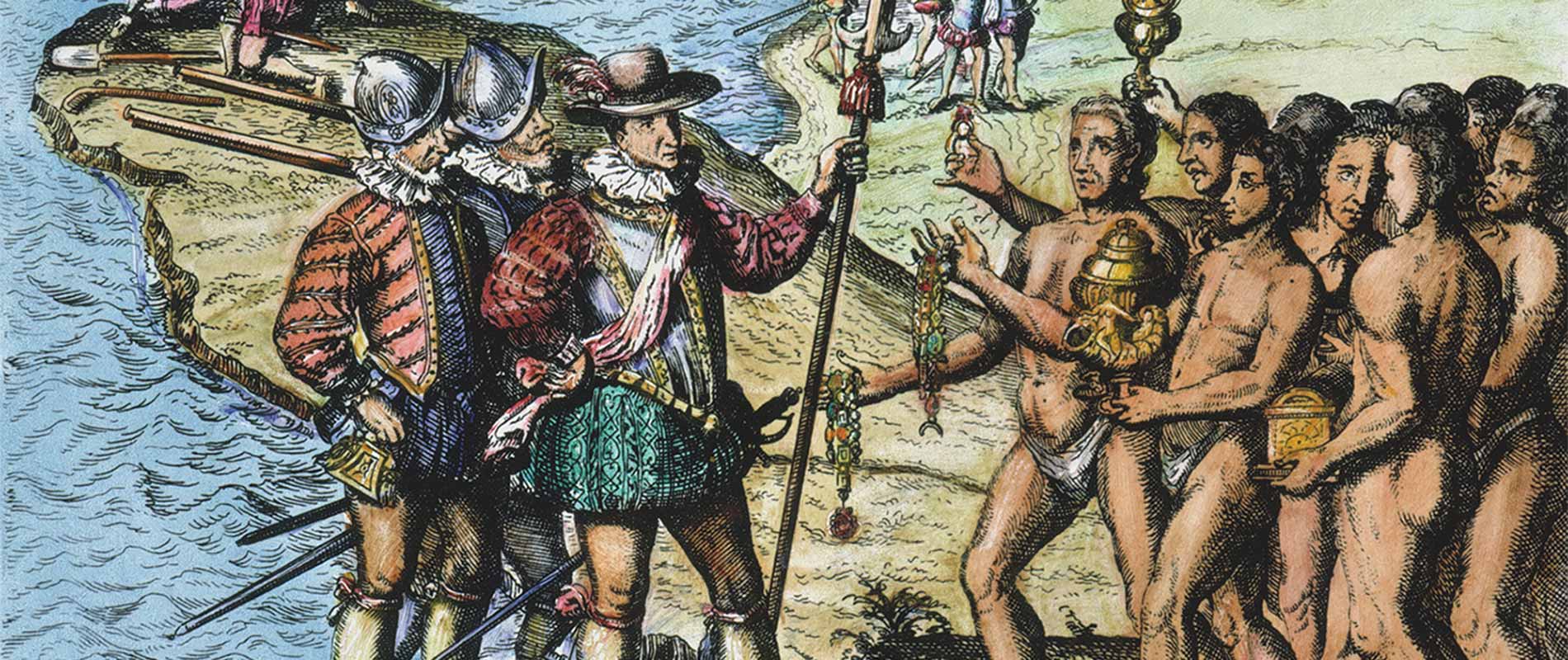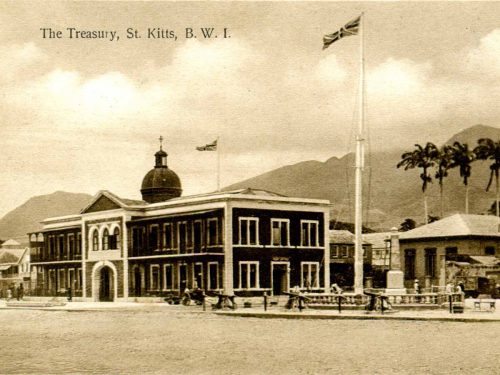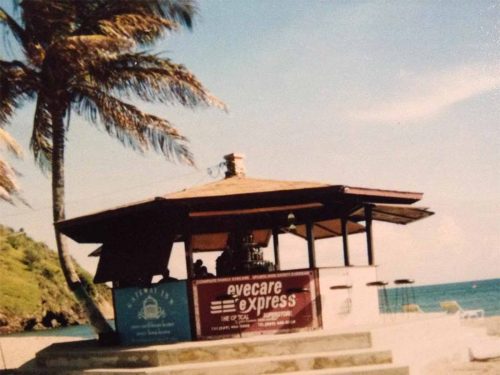History of St Kitts and Nevis 1493 – 1983
Early History
Before its “discovery”, Saint Kitts was previously known as “Liamuiga” meaning “fertile land” and was originally inhabited by the Kalinago (also known as the Island Caribs).
When Christopher Columbus sighted the islands in 1493 he gave the names San Martín to the island now known as Nevis and San Cristóbal to Saint Kitts.
Sir Francis Drake mentions visiting Saint Christopher’s Island in 1585.
Nieves was used by the Spanish, an abbreviation of “Santa Maria de las Nieves”, a reference to its cloud cover resembling snow.
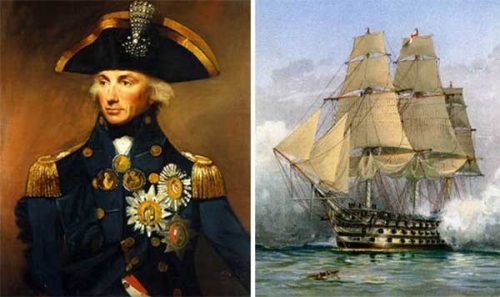
Early History of St Kitts
The first European colonization of St Kitts was by Sir Thomas Warner in 1623. (Warner is still a common surname on the islands).
Sugar was grown on plantations, the workers were enslaved Africans.
The French colonized part of St Kitts in 1624 and the two European powers fought throughout the 17th and 18th century.
St Kitts was the first Caribbean island colonized by the British and both the British and the French used the island as a base for colonialism in the Caribbean and elsewhere.
Cannon were first mounted on Brimstone Hill in 1689 by the French. In 1690 the British took control of Brimstone Hill and started the building of the fortress that remains today.
St Kitts was finally ceded to Britain by the Treaty of Versailles in 1783
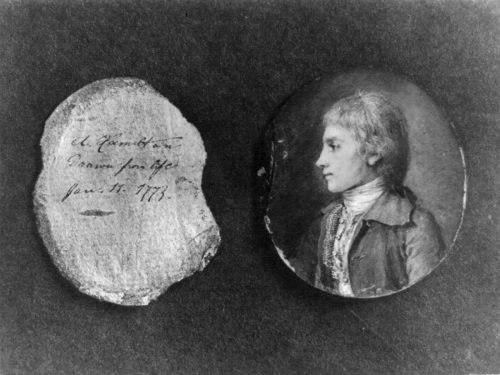
Early History of Nevis
The early history of Nevis follows that of St Kitts.
In 1628, Sir Thomas Warner allowed Anthony Hilton to settle Nevis, along with 80 others from St. Kitts. Hilton was a St Kitts plantation owner.
On January 11, 1757 Alexander Hamilton, one of the founding fathers of America and its first Secretary of the Treasury was born on Nevis.
During the 1780’s Lord Horatio Nelson, Britain’s most famous Admiral used Nevis as a base of operations. He married a Nevisian, Francis Woolward Nisbet in 1787. (Nisbet plantation house is now a hotel).
Modern Day and Independence
From 1816 the islands were administered, along with Anguilla and the British Virgin Islands, as a single British colony and from 1871 as part of the Leeward Islands Federation.
In 1883, the governments of St Kitts, Nevis and Anguilla were combined into the St. Kitts Assembly.
In 1967 St Kitts, Nevis and Anguilla assumed the status of association with the UK.
In 1971 Anguilla formerly separated and became a UK dependency.
In 1976 the Federation of St Christopher and Nevis gained the right to internal self-government.
On the 19th September 1983 the Federation of St Christopher and Nevis achieved independence, choosing to remain a constitutional monarchy with Queen Elizabeth II as head of state.
Pictures of St Kitts from the 1920’s
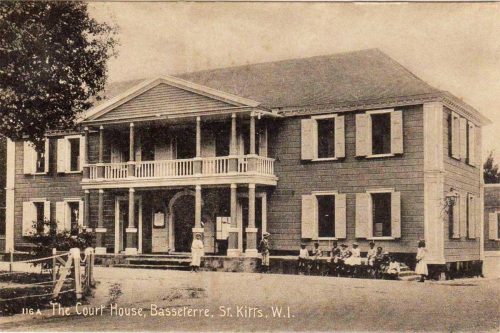
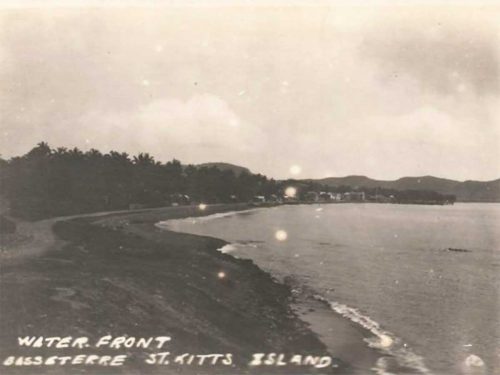
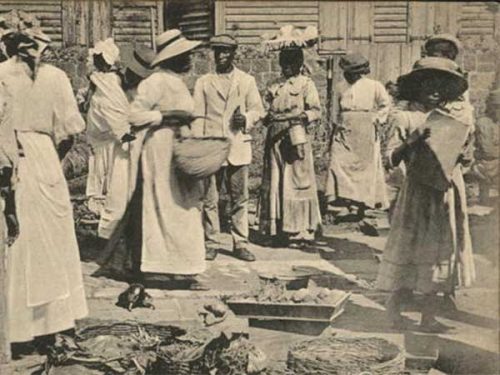
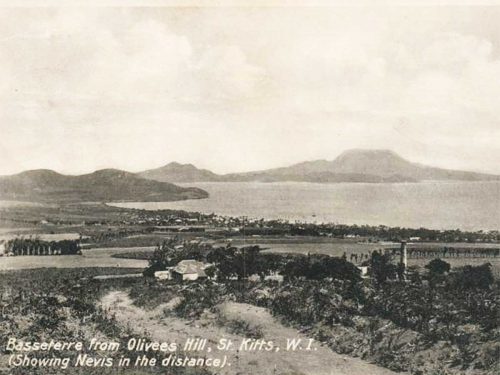

Pictures of St Kitts from the 1930’s
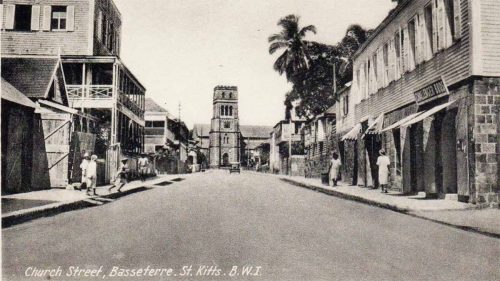
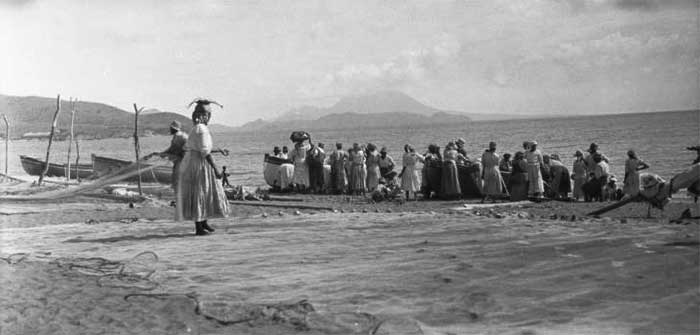
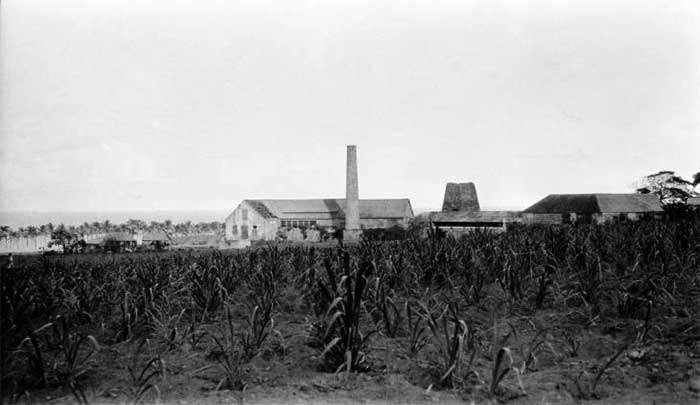
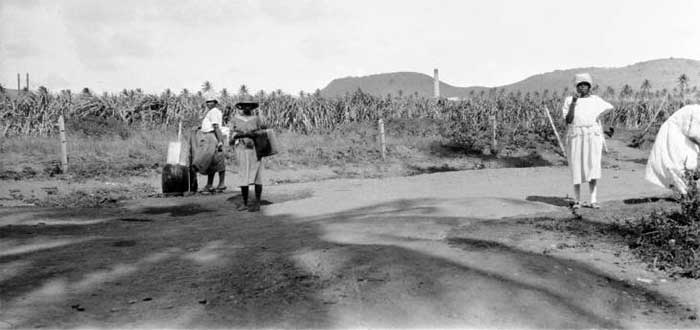
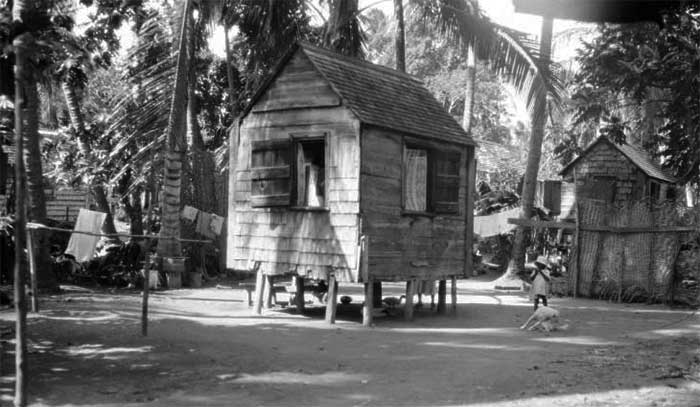
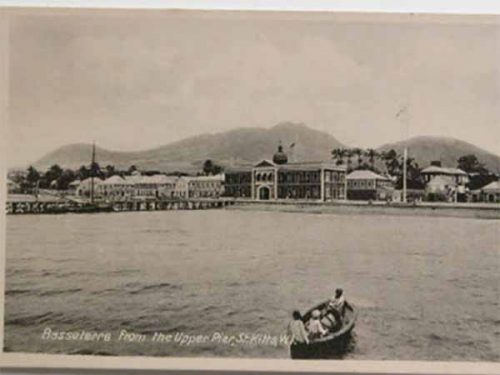
Pictures from the 1950’s

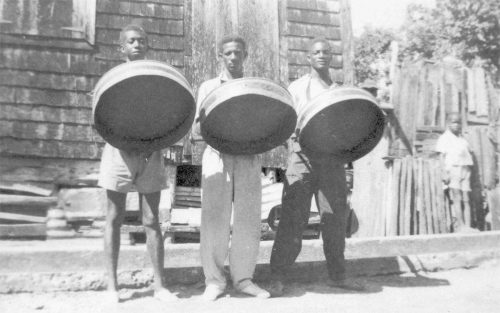
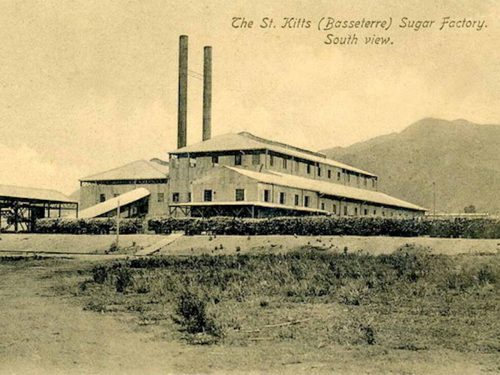
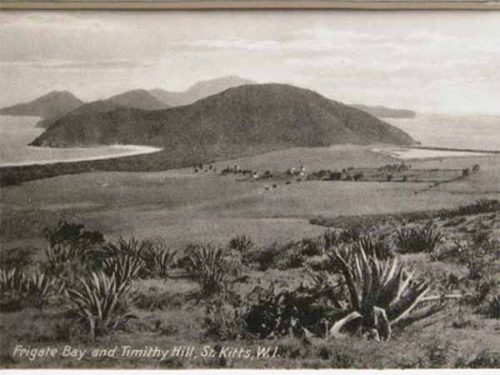
Pictures from the 1960’s on
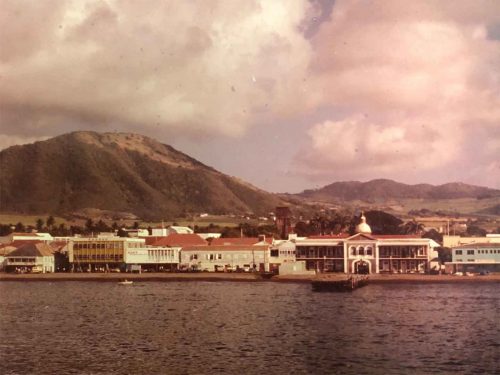
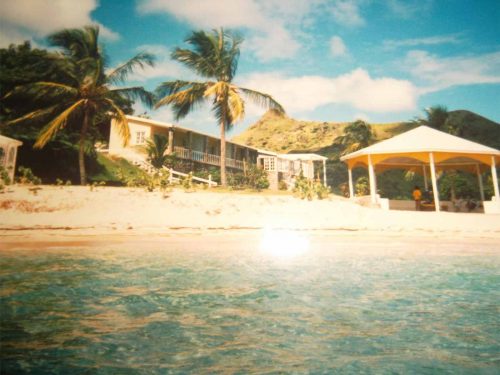
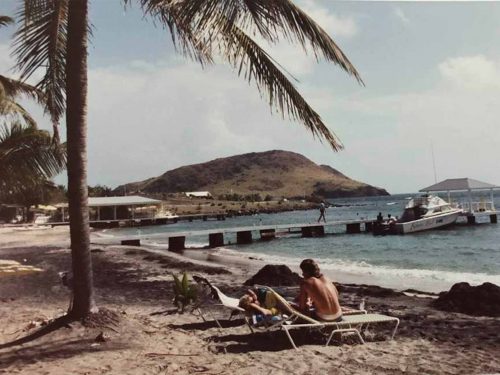
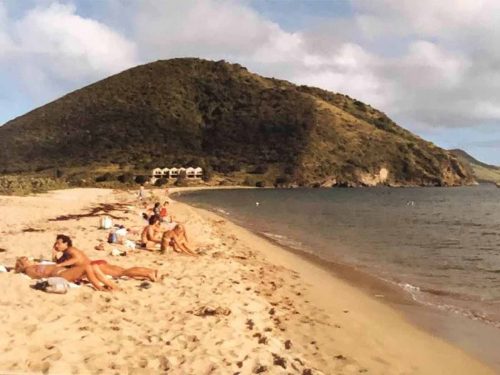
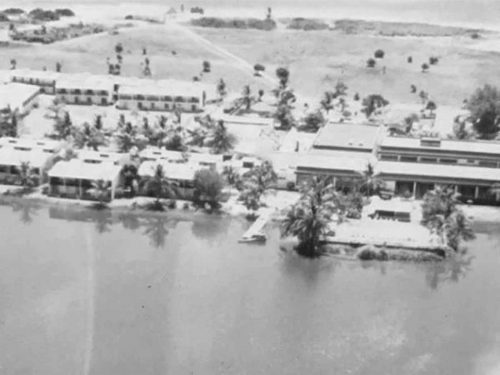

If you have any old photos of St Kitts or Nevis you would like to see featured here, please contact us, we will publish with full credit.
